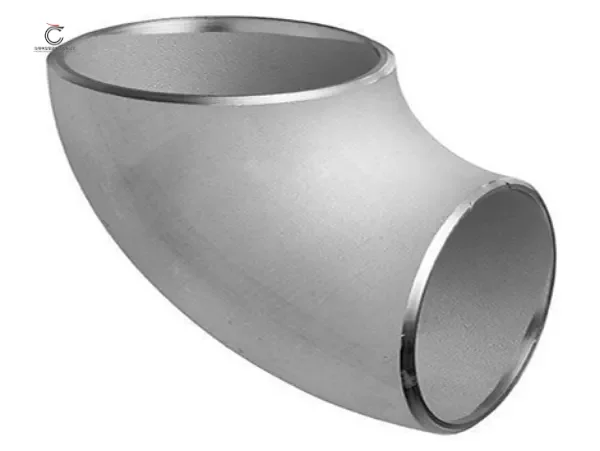Classification,technical requirements and process of pipe fittings
Classification basis of pipe fittings
Pipe fittings are the general term for the parts of piping system that play the role of connection, control, redirection, guide, seal and support.
Steel fittings are all pressure-bearing fittings. According to the processing process, it can be divided into four categories, namely butt weld fittings (with and without weld seams), socket welding and threaded fittings, and flange fittings.
There are many kinds of pipe fittings, classified according to purpose, connection method, material and processing method.
Pipe fittings are classified by purpose.
1. pipe fittings used for pipe interconnection include: flanges, pipe joints, pipe clamps, clamps, collars, throat clamps, etc.
2. Used to change the direction of the pipe fittings: elbow and elbow.
3. Reducing pipe fittings: reducer (reducer), reducer elbow, branch pipe frame, reinforcement pipe.
4. To add pipe branch fittings: tee and four-way.
5. Pipe sealing pipe fittings: gaskets, raw materials, silk hemp, flange blind, pipe plug, blind, head, welding plug.
6. Pipe fittings for pipe fixing: snap ring, traction hook, hanger ring, bracket, bracket, pipe clamp, etc.
Technical requirements of pipe fittings
The geometric dimensions of pipe fittings include outer diameter, inner diameter and wall thickness. It is also required to control the radius of curvature. For example, if the radius length is 1.5D, the radius of curvature is within the required tolerance. Since most of these fittings are used for welding, the ends are turned into recesses to improve the welding quality, leaving angles and edges which are also tight. The thickness, angle and range of deviation of the edges are specified, and the geometry has many more items than the fittings. The surface quality and mechanical properties are basically the same as for pipes. For large pieces, they should be packaged separately, for 24" and so on. The other is the package identification, which is marked with size, steel type, lot number and manufacturer's trademark. The pipe fittings should be stamped with steel seal and accompanied by packing list, guarantee and other documents.
Process design of pipe fittings
The production process of tee is basically the same. According to the different specifications of the tee. Sandblasting is required after the material is discharged, and the surface iron is removed before forming. Forming method is hydraulic expansion. There is a mold with a flat bottom and a flange hole at the top. For welding purposes, the steel gauge is the same as that of the connecting pipe. Regarding packaging requirements, for small fittings, such as for export, a wooden box of about 1 cubic meter is required. It is stipulated that the number of elbows in such boxes should not exceed about one ton. This standard allows sets, that is, large sets of small sets, but the total weight should not generally exceed one ton. After the tube is put in, the tube is fixed with a hydraulic cylinder, filled with liquid on both sides and bulged inward to squeeze the tube into a "convex" shape, and then the bulge is removed from its proper position, which also forms the groove.
All fittings are surface-treated, and the iron on the inner and outer surfaces is shot-blasted off and then painted. This is not only for export purposes, but also for ease of transport and to prevent corrosion and oxidation of the fittings. The surface treatment of the pipe fittings should be done with important oxidation treatment and the fittings should be cleaned according to the specific situation and standards. The pipe fittings should be shot peened twice. Heat treatment is also required because there is process hardening in the process. These are the conditions in the production process of pipe fittings.







